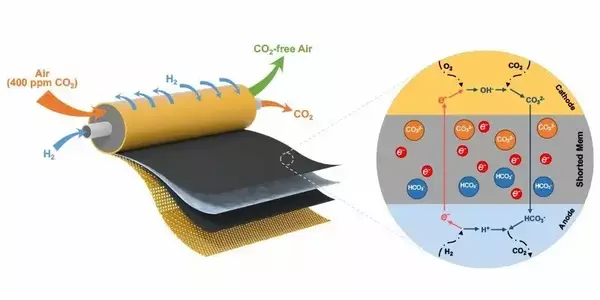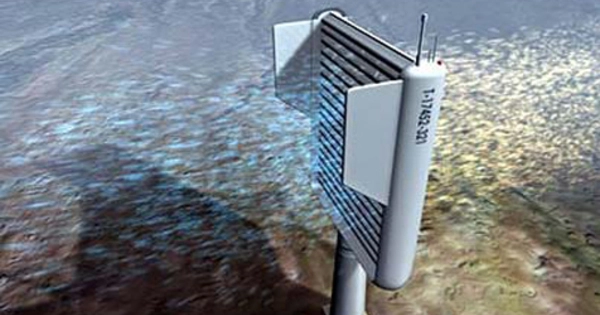A carbon dioxide scrubber is a device used to remove carbon dioxide (CO2) from air or gases. It works by passing the air or gas through a material that absorbs the CO2 and then releasing the purified air. This technology is commonly used in spacesuits, submarines, and life support systems for astronauts. It is also being studied for use in reducing CO2 emissions in industrial processes and power plants.
It is a piece of machinery that absorbs CO2. It is used to treat industrial plant exhaust gases or exhaled air in life support systems such as rebreathers or in spacecraft, submersible craft, or airtight chambers. Controlled atmosphere (CA) storage also makes use of carbon dioxide scrubbers. They have also been studied as a means of combating climate change through carbon capture and storage.
It is a device used to remove carbon dioxide (CO2) from air or gas streams. It works by using a chemical process to absorb CO2 and then release clean air. The process is often used in spaceships, submarines, and other enclosed environments to maintain safe levels of CO2. The scrubber works by passing the air or gas through a material that absorbs CO2, such as sodium hydroxide or potassium hydroxide. The CO2 is then released from the material and can be safely vented outside the system.

It works by using a chemical reaction or physical adsorption to capture CO2 and separate it from other gases. The captured CO2 can then be stored or used for other purposes. Carbon dioxide scrubbers are commonly used in spacecraft, submarines, and other enclosed environments where air quality must be maintained.
Carbon dioxide scrubbers can be made from activated carbon. Air with a high carbon dioxide content, such as air from fruit storage facilities, can be blown through activated carbon beds, causing the carbon dioxide to adhere to the activated carbon [adsorption]. Once saturated, the bed must be “regenerated” by blowing low carbon dioxide air, such as ambient air, through it. This will release the carbon dioxide from the bed, which can then be used to scrub again, leaving the net amount of carbon dioxide in the air unchanged from when the process began.
















